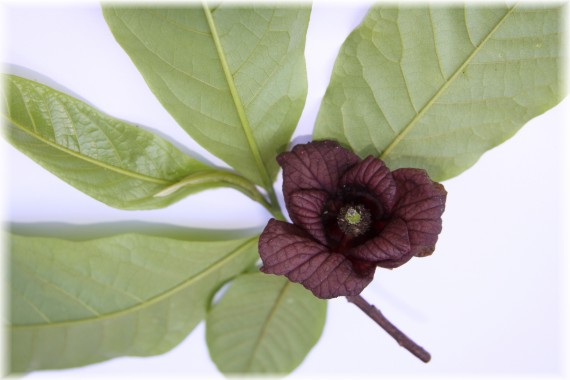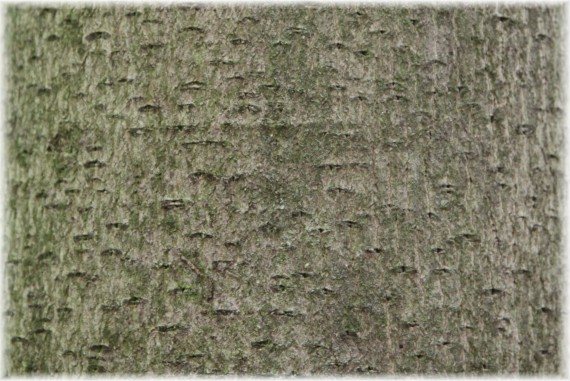- Details
- Written by: Wiesław Płócieniak
- Category: Trees of the World
- Hits: 576
Trees of the World
| English name: | WESTERN YELLOW PINE |  |
| Polish name: | SOSNA ŻÓŁTA | |
| Latin name: | Pinus ponderosa Douglas ex Lawson et C. Lawson | |
| Natural habitat: | western part of North America | |
| Height: | up to 55 m | |
| Characteristics: | Tree with a narrow, loose, cone-shaped crown. The inner layers of bark and young twigs are yellowish, hence the name. Western Yellow Pine is one of the 3-needle pines: the needles are bundled in clusters of 3. They are long (up to 30 cm), rigid and prickly. Oval cones grow up to 15 cm long and have sharp appendices on the scales. | |
| Additional information: | In its natural habitat, Western Yellow Pine is one of the most important trees, due to its good quality wood and low soil requirements. It was first sent to Europe in 1826. It is a rare tree in Poland. It grows well on sandy poor quality soils. | |
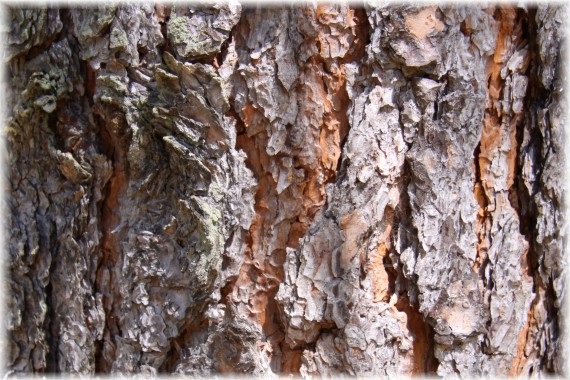
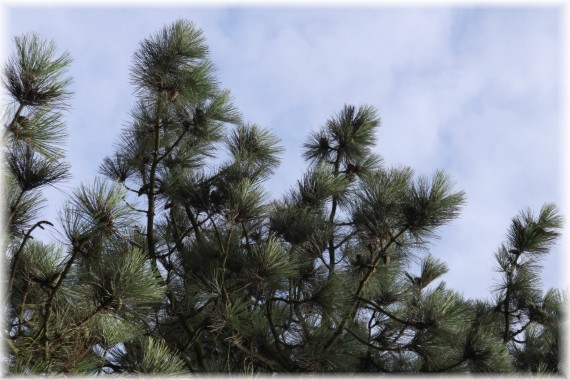
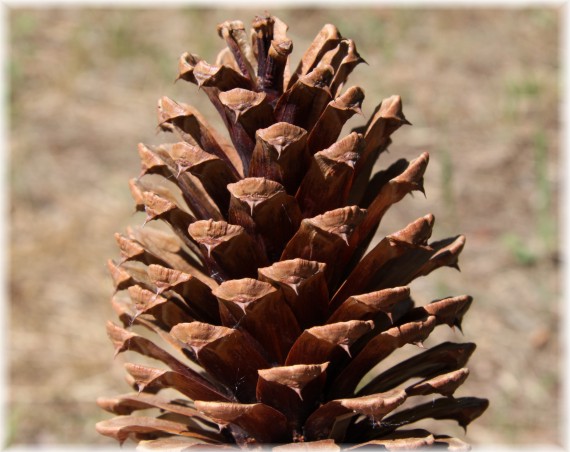
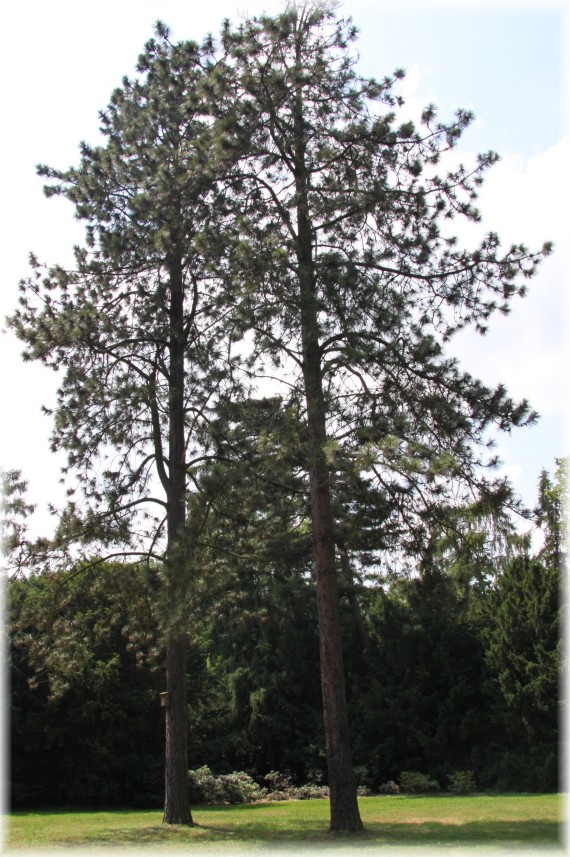
- Details
- Written by: Wiesław Płócieniak
- Category: Trees of the World
- Hits: 695
Trees of the World
| English name: | WHITE POPLAR |  |
| Polish name: | TOPOLA BIAŁA | |
| Latin name: | Populus alba L. | |
| Natural habitat: | from north-western Africa, through Europe, to Central Asia | |
| Height: | 30-40 m | |
| Characteristics: | The tree crown is broad and globular with many root suckers. The bark is smooth, from green and grey to chalk-white. Young twigs, buds and leaves are covered with white indumentum. Leaves on long sprouts have 3-5 lobes, are green on the upper side and covered with indumentum on the underside. Leaves on the short sprouts are smaller, coriaceous, oval, sinuate-dentate on the edge. Dioecious tree. Flowers are gathered in catkins which appear before leaves begin to develop. Fruits – small dehiscent capsules – ripen as early as in May and pour out huge amounts of airborne fluffy seeds. In autumn, leaves change color to yellow. | |
| Additional information: | This is a fast growing species, tolerant to soil quality and drought resistant. Spreads easily and quickly settles even on rubble (a pioneering species). Planting female poplar trees in cities should be avoided as they tend to litter the streets with seed fluff. | |
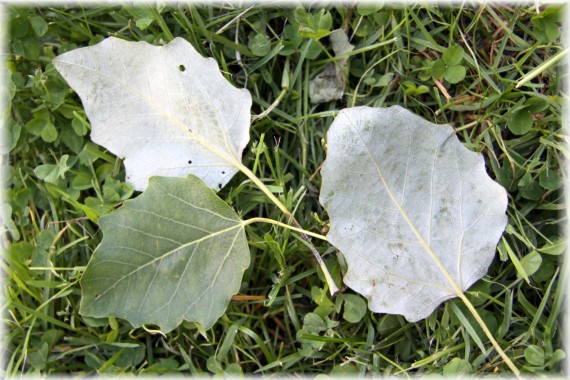
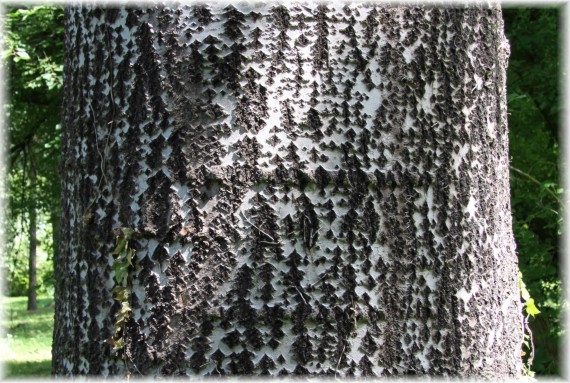
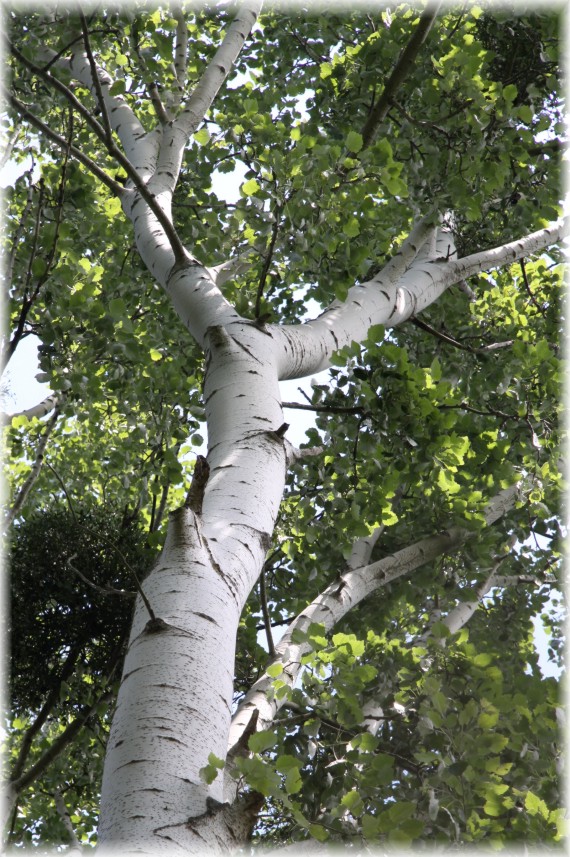
- Details
- Written by: Wiesław Płócieniak
- Category: Trees of the World
- Hits: 418
Trees of the World
| English name: | WILSON’S POPLAR |  |
| Polish name: | TOPOLA WILSONA | |
| Latin name: | Populus wilsonii C.K.Schneid. | |
| Natural habitat: | Central China | |
| Height: | in its natural habitat: up to 20 m, in Poland usually up to 12 m | |
| Characteristics: | A small slow-growing tree. The crown is set low and does not have a main trunk, but instead has many dense boughs. Thick shoots are dark green and shiny in winter. Buds are big and slightly sticky. Large leaves (up to 30 cm!), cordate at the base, when young are covered with thick, gray indumentum, older ones are bare and matt. Flowers are hairy catkins. The tree blooms in the first part of May. Wilson's Poplar is highly resistant to frost. It is a very rare tree in Poland. | |
| Additional information: | This poplar was discovered in 1907 by E. H. Wilson, who brought it to Europe. In 1956 in the Kórnik Arboretum it was crossed with the Chinese Necklace Poplar (Populus lasiocarpa Oliv.), which resulted in a cross breed named Populus ×wilsocarpa, which is even more frost-resistant and has larger leaves. | |
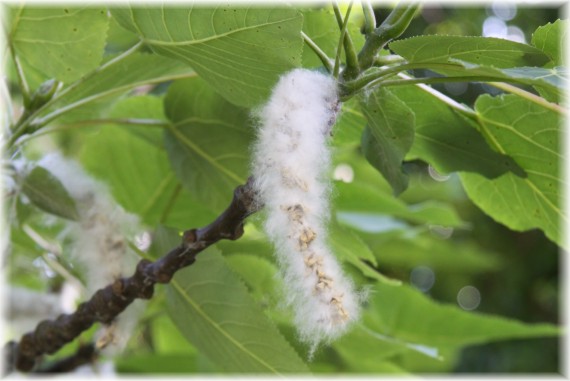
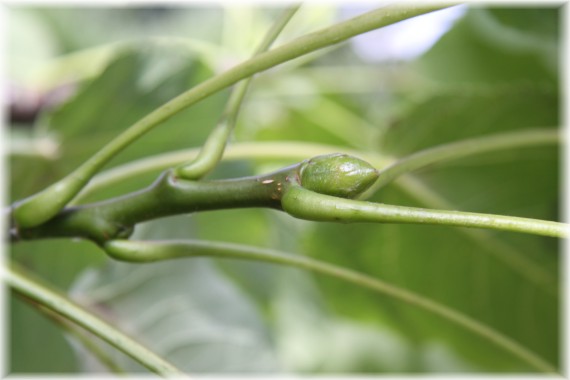
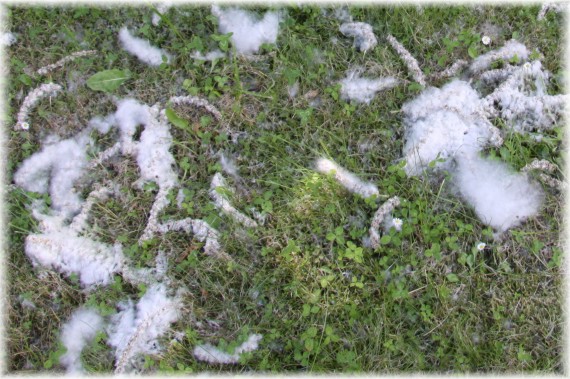
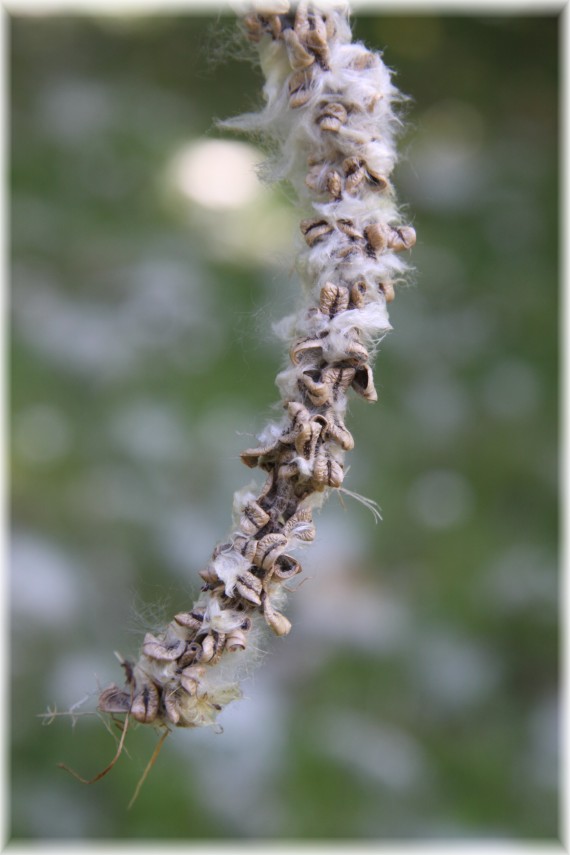
- Details
- Written by: Wiesław Płócieniak
- Category: Trees of the World
- Hits: 478
Trees of the World
| English name: | AMERICAN TULIP TREE |  |
| Polish name: | TULIPANOWIEC AMERYKAŃSKI | |
| Latin name: | Liriodendron tulipifera L. | |
| Natural habitat: | eastern part of North America | |
| Height: | in its natural habitat: up to 60 m, in Poland up to 30 m | |
| Characteristics: | A beautiful park tree with a regular wide crown. Leaves normally have four acuminate lobes, and a characteristic truncate apex. In autumn, the trees turn golden-yellow and orange. Usually, the tree blooms for the first time when it is 15 years old. However, in favourable conditions, flowers may appear on younger individuals. The tree blooms in June and July. Yellow-green flowers with an orange spot at the base are similar in shape to tulips (hence the name). Fruits are samara with one or two seeds, gathered in cone-shaped fruits. Thick but brittle roots are susceptible to damage. | |
| Additional information: | The Tulip Tree was one of the first North American trees to be brought to Europe (in 1663). Young bark was once considered to be an aphrodisiac. Roots were used as flavoring for some types of beer. | |
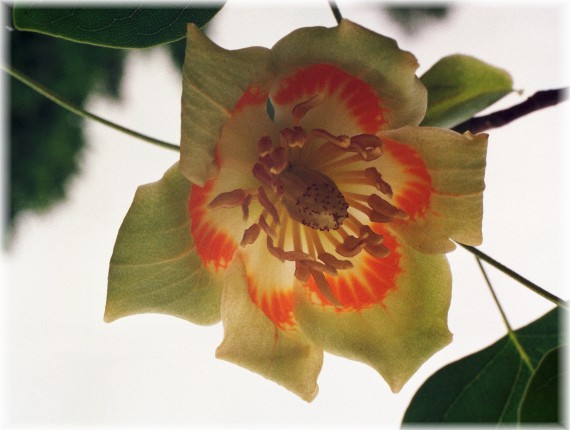
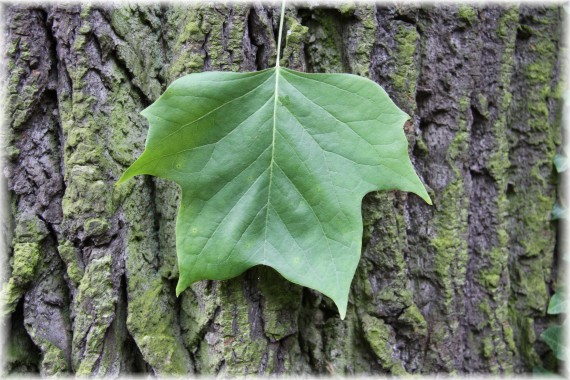
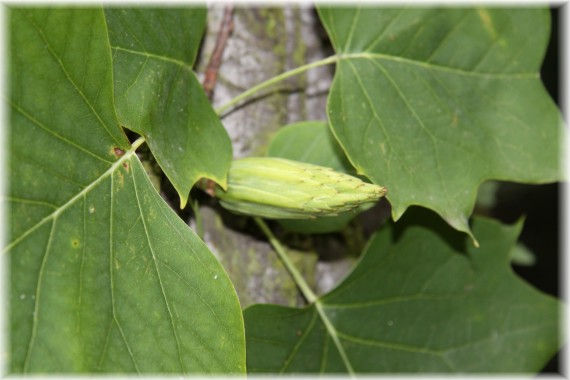
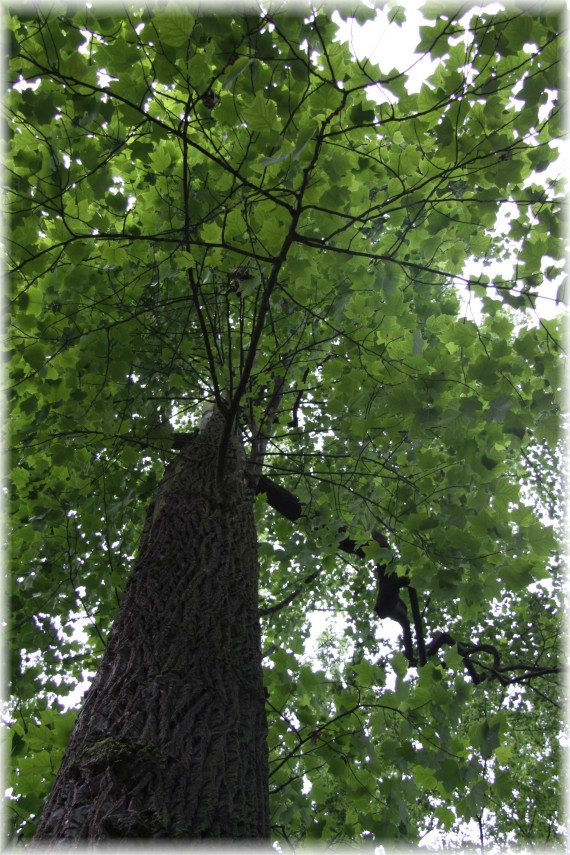
- Details
- Written by: Wiesław Płócieniak
- Category: Trees of the World
- Hits: 658
Trees of the World
| English name: | COMMON PAWPAW |  |
| Polish name: | URODLIN TRÓJŁATKOWY | |
| Latin name: | Asimina triloba (L.) Dunal | |
| Natural habitat: | south-eastern areas of North America, usually in river valleys | |
| Height: | in its natural habitat: up to 12 m | |
| Characteristics: | Long (25 cm), ovate-oblong leaves, similar to magnolia leaves. Flowers are green at first, but gradually turn brown-red as they reach full bloom. They appear along with the leaves at the beginning of May. Flowers are pollinated by nocturnal insects. Fruits are aromatic, cylinder shaped and are up to 15 cm long. As they ripen, they turn yellow, when overripe they turn almost black. | |
| Additional information: | The tree was grown by Native Americans as a fruit-bearing tree. They also named it pawpaw. Pawpaw reached Kórnik in 1931 in the form of seeds from Padwa Botanical Garden. This species is extremely rare in Poland. | |
